Famous rivers in india
Rivers in India have been a lifeline of several civilisations since ages.
Every river has a story attached to it. Some are worshipped, considered goddesses and even declared as nature's wonder.
If we talk about geography, based on their source, Indian rivers are classified as - Himalayan Rivers and Peninsular Rivers.
The major Himalayan rivers are the Indus river, Ganga river, Yamuna, and the Brahmaputra.
The major Peninsular rivers are Mahanadi, Godavari, Krishna and Kaveri.
1. GANGA
Ganga is the most sacred river to Hindus and is worshipped as goddess Ganga. Ironically, it is one of the highest polluted rivers too. Not only humans but a range of water species are also on a threat.
•Origin: Gangotri (Himalaya)
•Length: 2525 Km
•Depth: 17 m (56 ft)
•Third Largest River in the world.
•Major Cities: Patliputra, Kashi, prayagraj, Varanasi, Kolkata, Badrinath, Haridwar, Kanpur, Patna, Farrukhabad, Fatehgarh, Kannauj, Chakeri.
•It had also created the World's Largest DELTA in West Bengal - Sundarban Delta.
•Major Tributaries : Gomti, Ghagra, Tamsa, Yamuna, Koshi. Merges into : Bay of Bengal.
2. INDUS RIVER
This gave rise to the largest ancient human civilization, Indus valley civilisation and holds a great historical value.
Also, the word India has been derived from Indus.
India is a Greek and Latin term for the country of the river Indus.
•Origin: Tibetan Plateau
•Flows through: The Ladakh
•Length: 3180 Km
•Major Cities: Leh, Sukur, Hyderabad (Pakistan)
•Major Tributaries: Balram river, Beas, Chenab, Dras, Gilgit, Jhelum, Ravi, Satluj
•Merges into: Arabian Sea
•Pakistan has 93 per cent, India has five per cent, and China has two per cent share of this river.
•Also known as the Sindhu river.
3. YAMUNA
The name Yamuna is derived from the Sanskrit word "yama", meaning 'twin', and it may have been applied to the river because it runs parallel to the Ganges.
•It is the longest and the second largest tributary river of the Ganges.
•One official has also called this river a sewage drain because of high amounts of pollutants.
•Origin: Yamunotri Glaciers (Himalaya) 70 percent of water to Delhi from the Yamuna
•Tajmahal is situated on the banks of it.
•Major Cities: Etawah (UP), Auraiya (UP), Mathura, New Delhi
•States Covered: Uttarakhand, Himachal Pradesh, Uttar Pradesh, Haryana, Delhi
•Major Tributaries: Hanuman Ganga, Sharda, Chambal.
•Merges into: Ganga, prayagraj(It is the longest river in India which does not directly flow to the sea).
•Also known as Jamuna.
4. BRAHMPUTRA
Lives of many millions of Indian and Bangladeshi citizens are reliant on the Brahmaputra river.
Its delta is home to 130 million people and 6, 00, 000 people living on the riverine islands.
•Origin: Angsi Glacier (Tibet)
•Entered from: Arunachal Pradesh to Assam
•Length: 2900 Km
•Majorly covered cities: Dibrugarh (Assam), Guwahati
•Another name: Jamuna (Bengali), Tsangpo (Tibet), Pinyin or Yarlung Zangbo (China)
•Merges into: Padma river of Bangladesh
•Also called as Tsangpo-Brahmaputra
5. MAHANADI
The word Mahanadi is a compound of the Sanskrit words maha ("great") and nadi.
•It is the major river in Chhattisgarh and Odisha. Its water is mainly used for irrigation and drinking purposes.
•Also known as The Ruin of Orissa. (Devastating flood over the years but before the construction of HIRAKUD DAM)
•Source: Sihawa, Dhamtari, Dandakaranya, Chhattisgarh
•Length: 858 Km
•Major cities on the river: Cuttack, Sambalpur.
6. GODAVARI
The Godavari is India's second longest river after the Ganga. The river has been revered in Hindu scriptures for many millennia and continues to harbour and nourish a rich cultural heritage.
•The longest river in Southern India also known as 'Dakshina Ganga' 2nd Largest after Gangus (Ganga)
•Origin: Trimbakeshwar, Maharashtra
•Length: 1465 Km
•Major Towns along the river: Rajahmundry (AP), Nashik (MH), Nanded (MH), Nizamabad kk(AP).
•States Covered: Maharashtra, Telangana, Chhattisgarh, Andhra Pradesh, Puducherry (Yanam).
• Major Dam on River : Gangapur Dam, Sriram sagar dam.
•The Krishna Godavari Basin is one of the main nesting sites of the endangered Olive Ridley sea turtle.
•Merge into: Bay of Bengal.
7. KRISHNA
The Krishna River is the fourth-biggest river in terms of water inflows and river basin area in India, after the Ganga, Godavari and Brahmaputra.
•Also known as Krishnaveni, Krishna River is the fourth largest in India (after the Ganges, Godavari, and the Brahmaputra).
•Origin: Mahabaleshwar (Maharashtra)
•Length: 1400 Km
•Major towns along the river: Sangli (MH), Konya (MH), Vijayawada (AP)
•Major Tributaries: Bhima, Paleru, Malaprabha, Tungbhadra
•It is a major source of irrigation for Maharashtra, Karnataka, Telangana and Andhra Pradesh.
•Dams: Nagarjuna Sagar Dam, Dhom Dam, Narayanpur Dam.
•The delta of this river is one of the most fertile regions in India and was the home to ancient Satavahana and Ikshvaku Sun Dynasty kings.
•Vijayawada is the largest city on the River Krishna.
•Merges into: Bay of Bengal.
8. KAVERI
The primary uses of Kaveri are providing water for irrigation, water for household consumption and the generation of electricity in South India.
•Origin: Talakaveri (Western Ghats, Karnataka)
•Important Tributaries: Amravati, Shemsha, Hemavati
•Major Towns along the river: Kushal Nagar, Mysore northern suburbs, Srirangapatna, Karur, Tiruchirapalli (TN), Kumbakonam, Mayiladuthurai, Poompuhar.
•Length: 765 Km
•Merges into: The Bay of Bengal
.png)











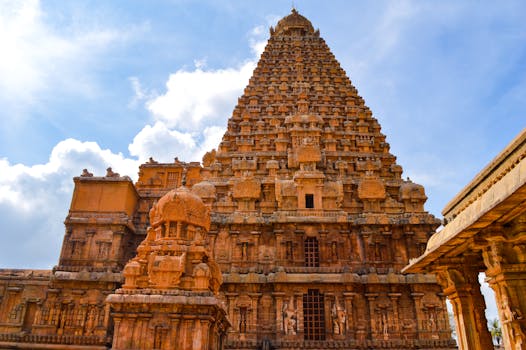


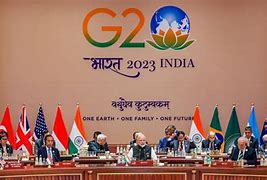





.jpg)





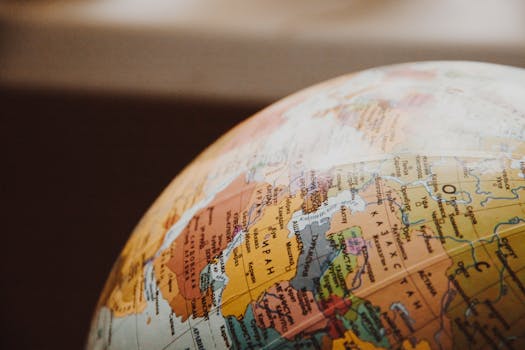

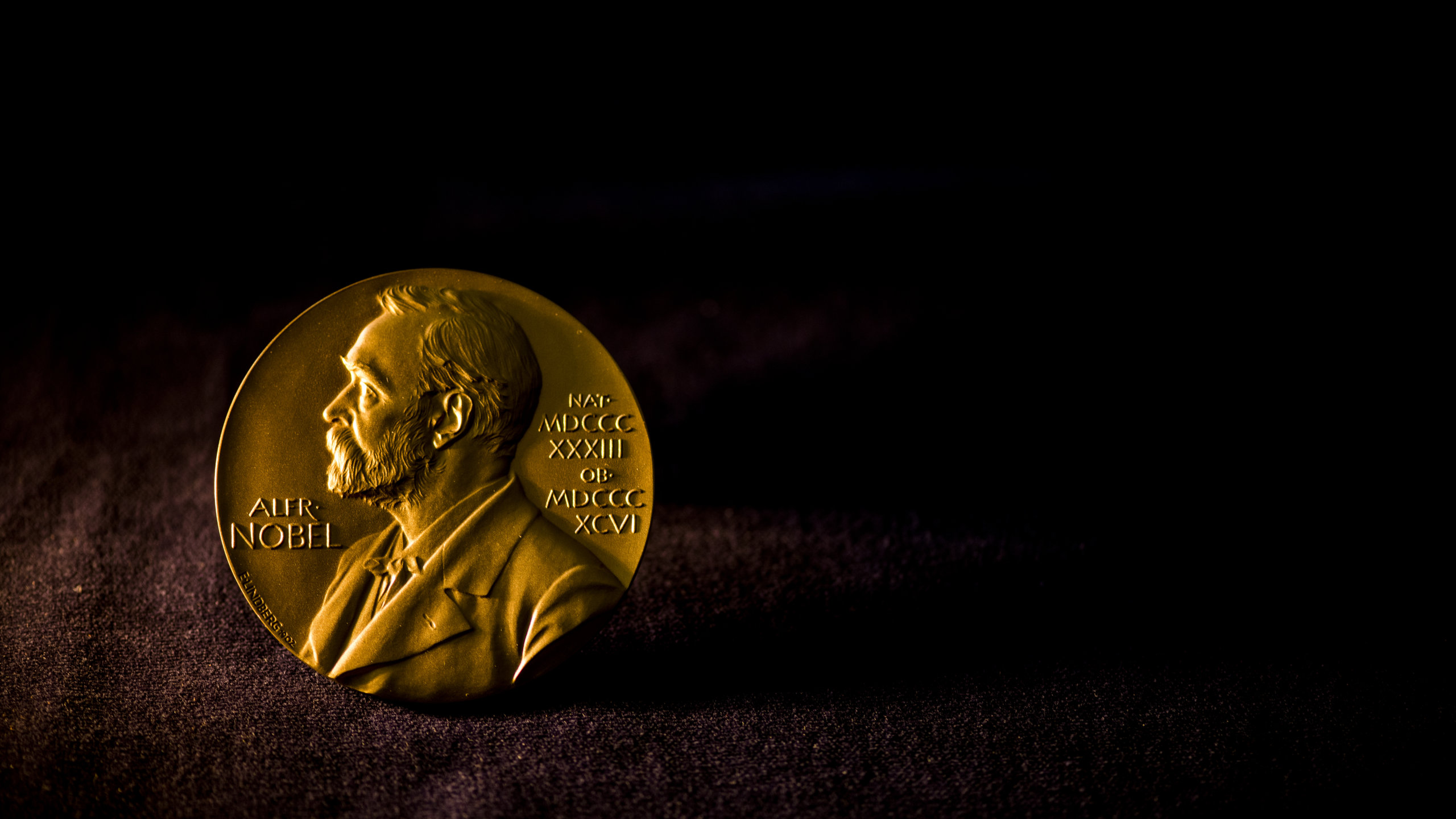 a quick overview on Nobel Prizes
a quick overview on Nobel Prizes 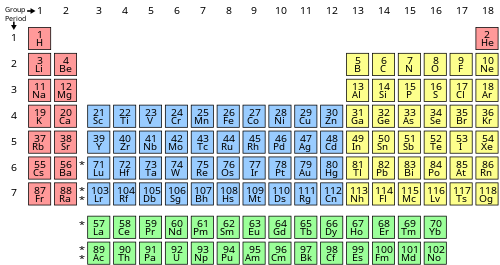 Chemistry chapter 2: Structure of Atom | Part - 4 | valency and electronic configuration
Chemistry chapter 2: Structure of Atom | Part - 4 | valency and electronic configuration